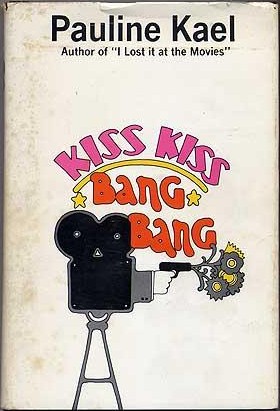 I should apologise for the paucity of posts, and film-related posts in particular, of late. The irony is that a big part of the reason is film-related thesis work (it will be a shame when I lose that all-purpose, reasonable-sounding excuse for not writing more often.)
I should apologise for the paucity of posts, and film-related posts in particular, of late. The irony is that a big part of the reason is film-related thesis work (it will be a shame when I lose that all-purpose, reasonable-sounding excuse for not writing more often.)
I did want to briefly break my silence, however, to highlight the slew of good writing that has been appearing online about Pauline Kael. The publication this week of a new anthology of Kael’s work (The Age of Movies: Selected Writings of Pauline Kael) as well as a new biography (Brian Kellow’s A Life in the Dark) has lead to a flood of re-evaluatiuons of the critic. The first I saw was this one by Nathan Heller at the New Yorker, but then followed Camille Paglia and Jim Emerson and Frank Rich and Dan Callahan and Armond White and “The Siren” and Andrew O’Hehir and Matt Soller Zeits.
It’s an embarassment of riches, and the there is, predictably, a lot of overlap in these pieces. Nevertheless, I urge you to have a look at them if you are at all interested in film criticism. I wrote my own piece on Kael a few years ago – here – and not having read the two new books don’t have much to add to what I wrote back then. And most of what I would add has been said better somewhere else by one or other of these writers. (It is hard, however, to imagine that the new anthology is better than the incredible For Keeps, published back in 1996).
